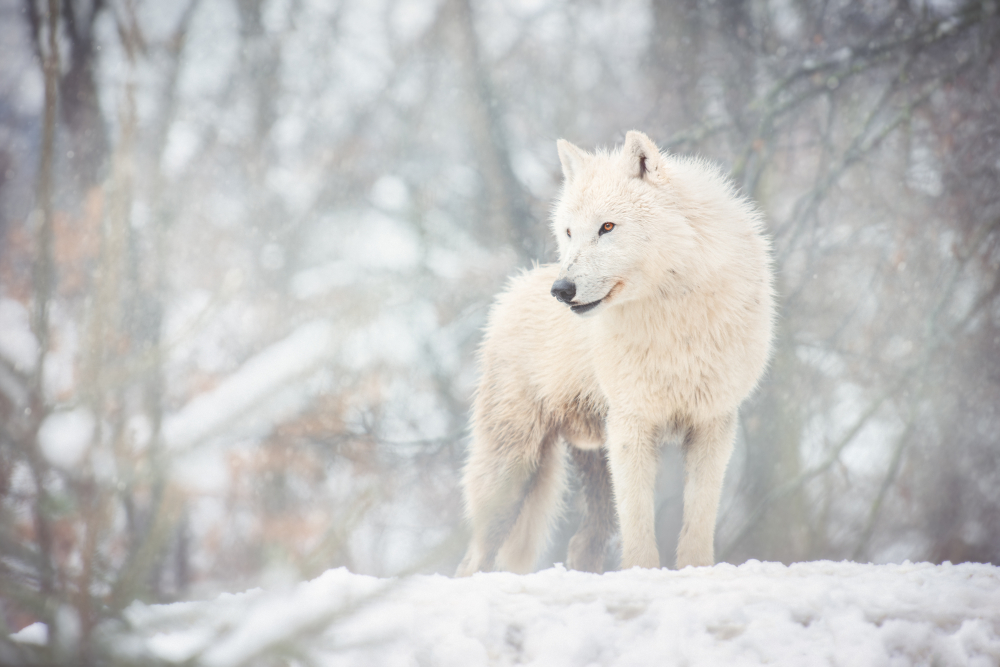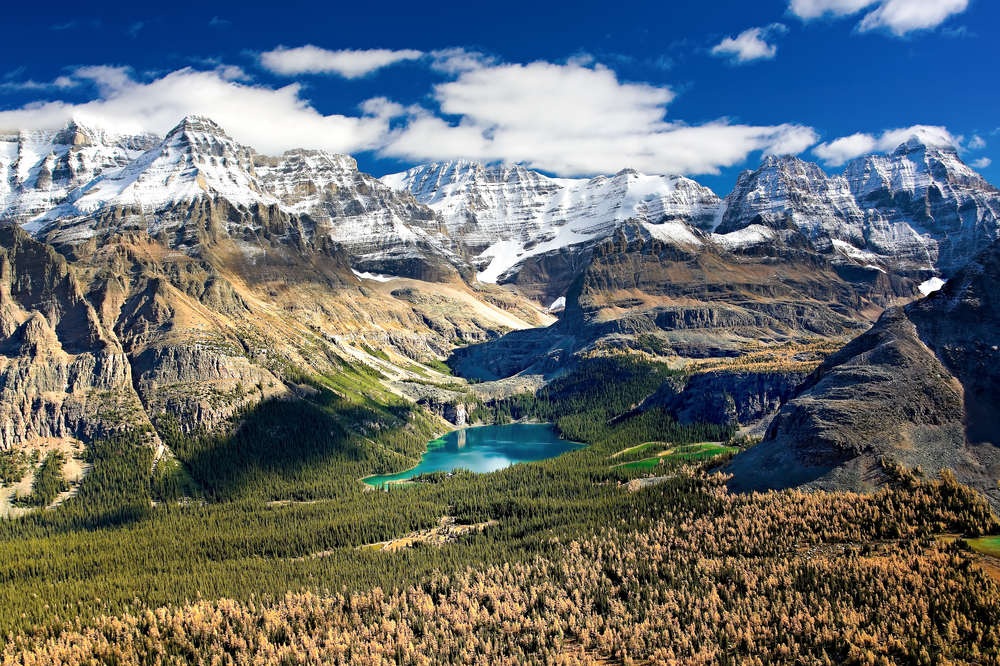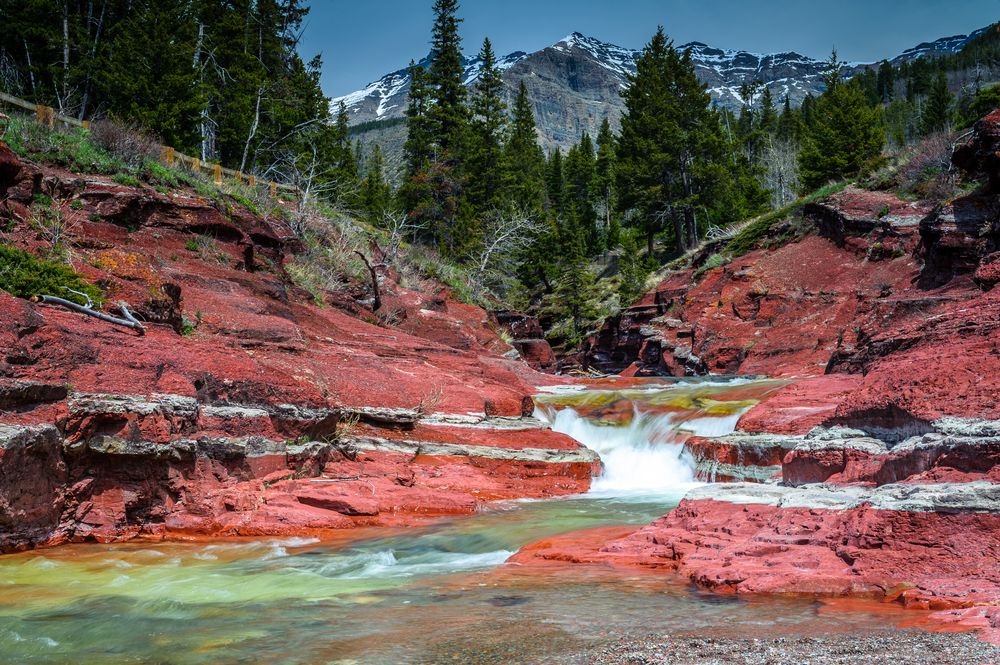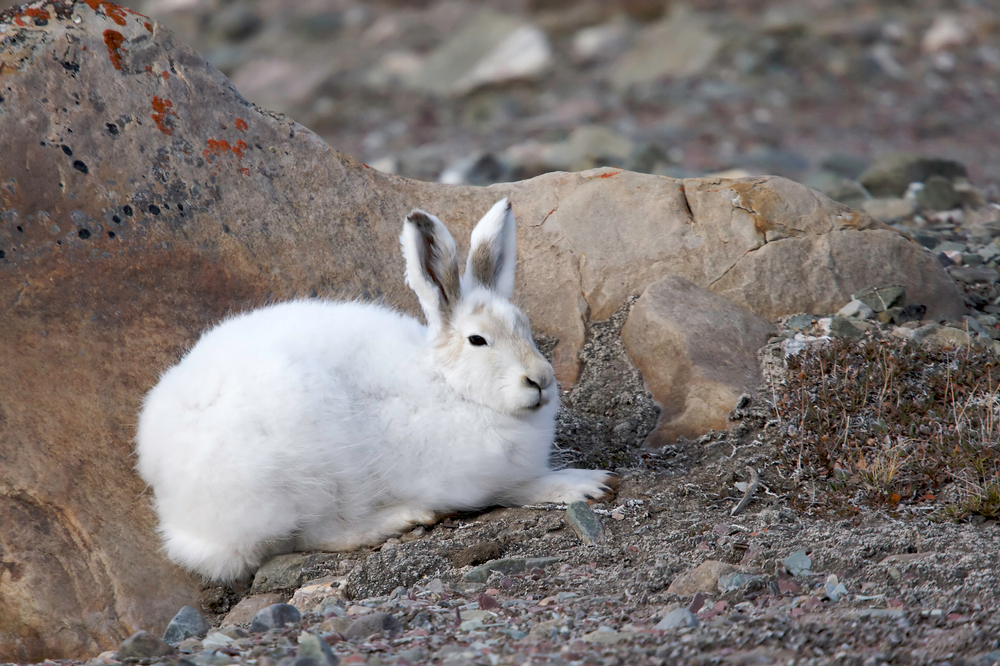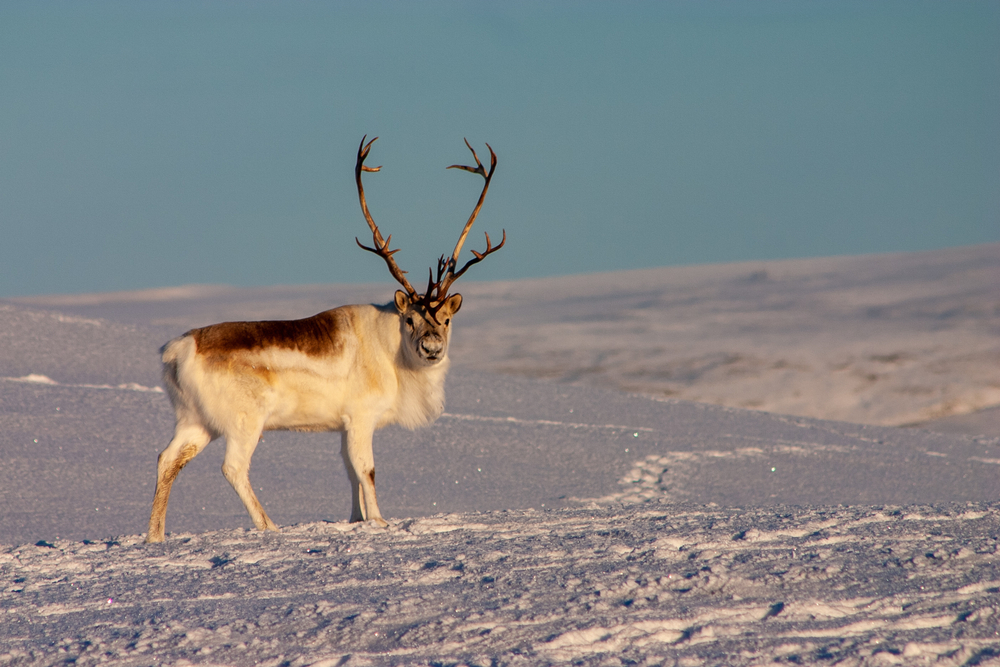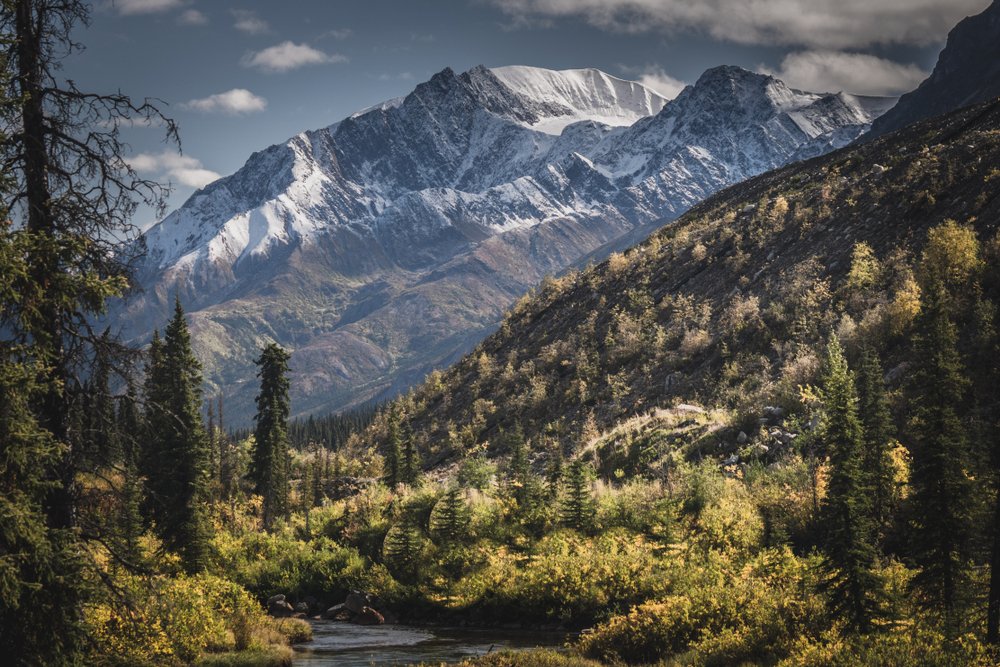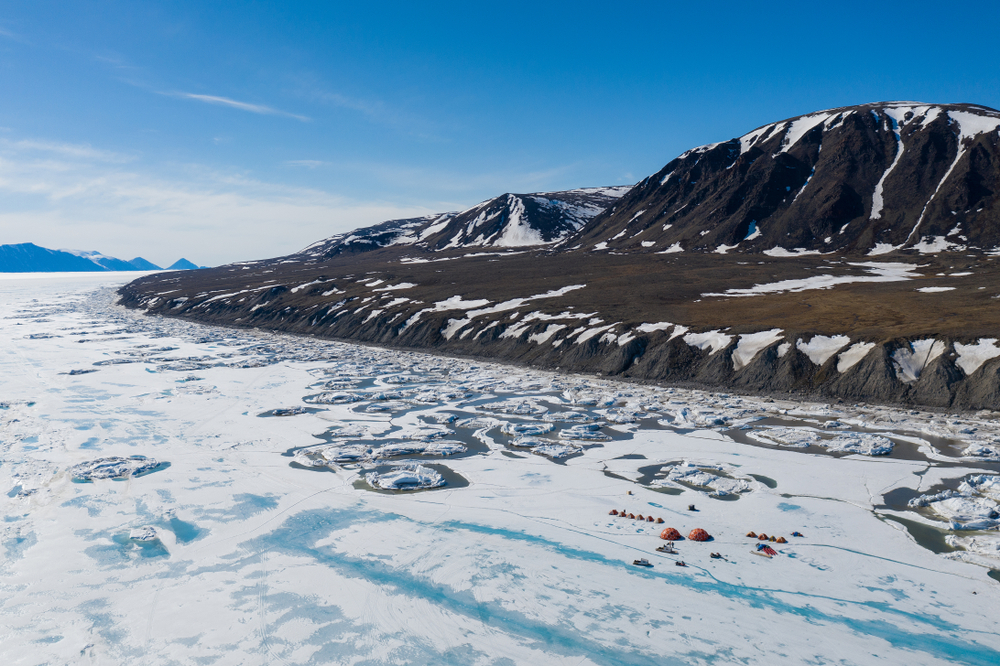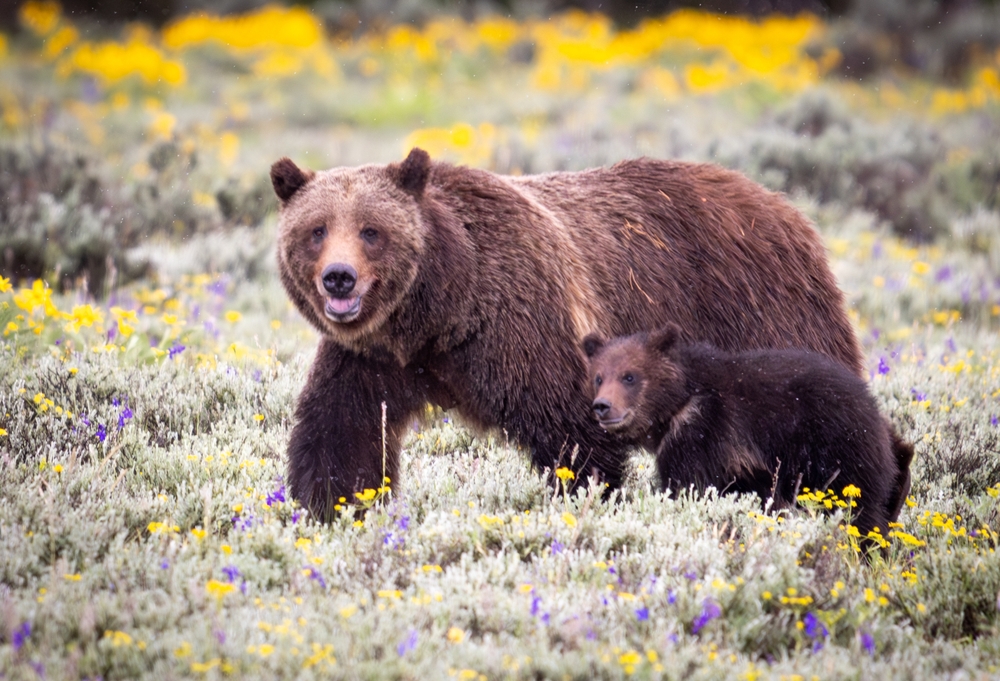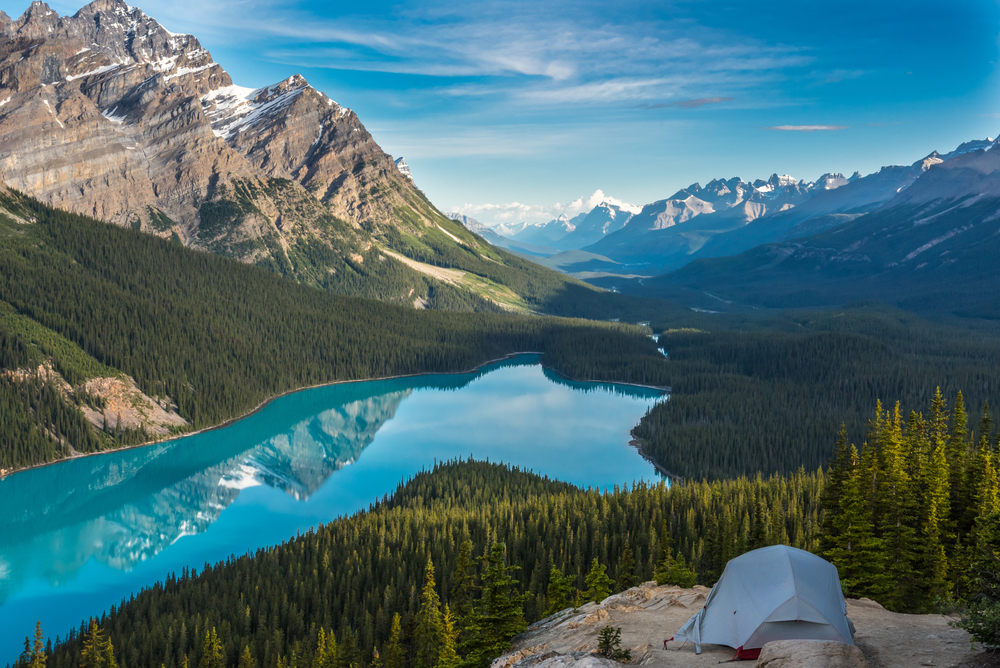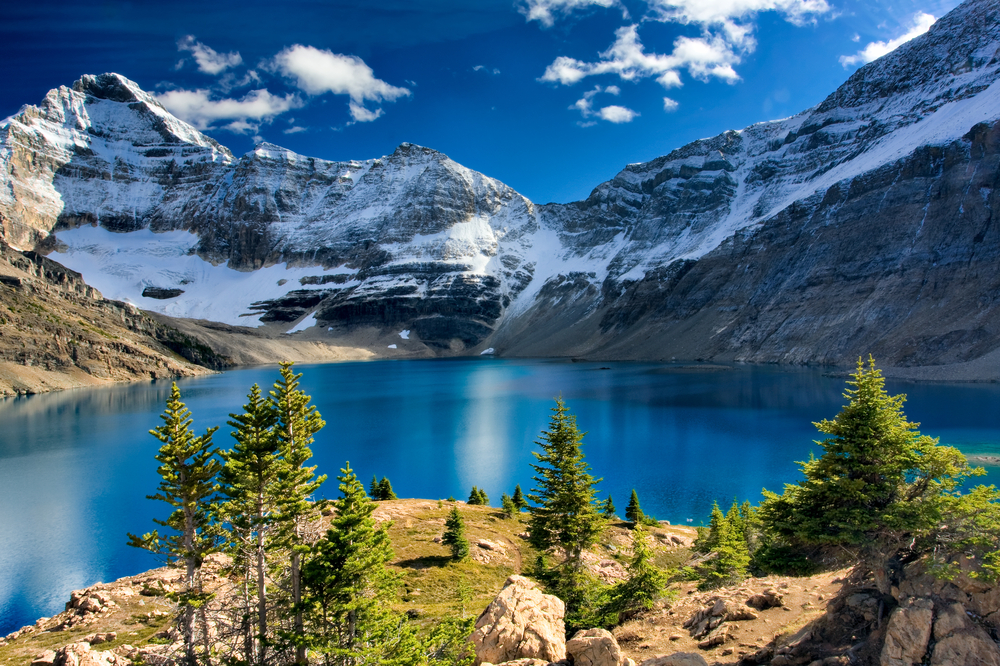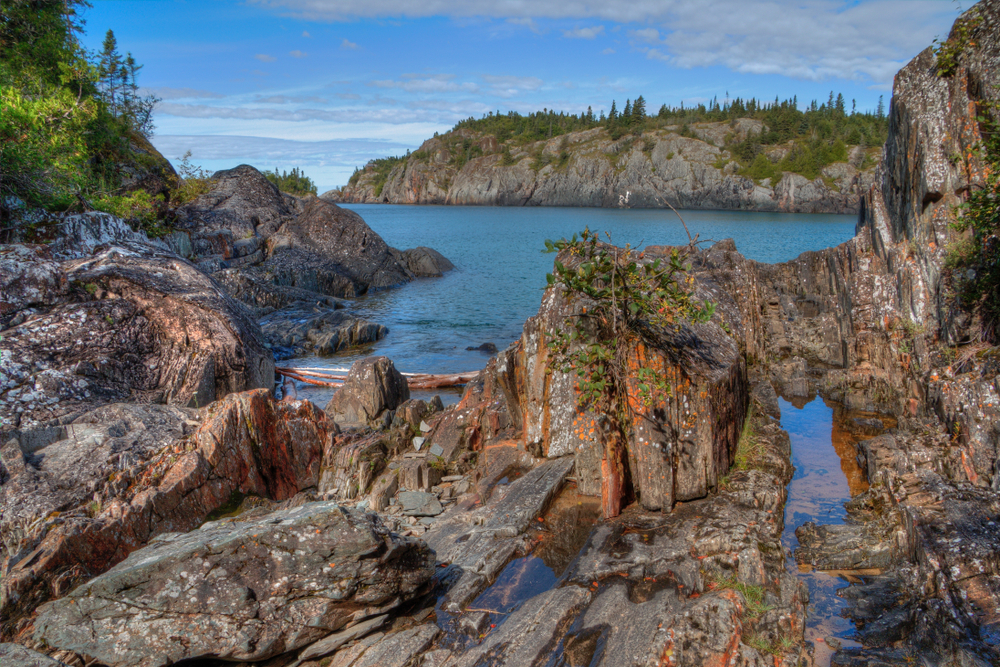Tuktut Nogait Overview
Tuktut Nogait National Park, located in the northern reaches of Canada’s Northwest Territories, is a remote and pristine expanse of Arctic wilderness. Its name, derived from the Inuvialuktun language, translates to “young caribou,” reflecting the park’s crucial role as a calving ground for the Bluenose-West caribou herd.
Covering approximately 6,180 square miles (16,340 square kilometers), this expansive protected area lies north of the Arctic Circle and about 170 kilometers from the community of Paulatuk. The park’s isolated nature and limited access make it one of the least-visited national parks in Canada, offering an untouched landscape where nature thrives with minimal human impact.
The terrain of Tuktut Nogait National Park is characterized by rugged tundra, deeply carved river canyons, rolling hills, and plateaus. The park is dissected by several rivers, including the Hornaday, Brock, and Roscoe Rivers, which create dramatic gorges and waterfalls as they wind through the landscape.
The Hornaday River, in particular, is a striking feature, boasting the impressive La Roncière Falls, where the river plunges nearly 23 meters (75 feet) into a rocky canyon. Vegetation in the park consists of Arctic flora, with low-lying tundra plants, sedges, mosses, and patches of dwarf birch and willow providing a sparse but resilient ecosystem.
During the brief summer months, wildflowers such as Arctic poppies and purple saxifrages bloom, bringing bursts of color to the otherwise stark environment.
The park is home to a variety of wildlife uniquely adapted to the extreme Arctic conditions. The Bluenose-West caribou herd, which numbers in the tens of thousands, migrates through the park, making it one of the best places to witness these animals in their natural habitat. Other large mammals include Arctic wolves, grizzly bears, and muskoxen, while smaller species such as Arctic foxes and lemmings are also present.
Birdwatchers may be rewarded with sightings of peregrine falcons, rough-legged hawks, and golden eagles soaring above the cliffs. Waterfowl, including tundra swans, long-tailed ducks, and loons, can be seen around the park’s rivers and lakes, particularly during the breeding season.
Among the park’s key attractions are its striking geological formations and remote hiking opportunities. Visitors who reach the park can explore its vast tundra landscapes, follow river corridors, and experience the impressive Hornaday River Canyon.
Rafting and kayaking on the Hornaday River offer a unique way to navigate the park’s dramatic scenery. Due to its remote nature, there are no roads leading to Tuktut Nogait, and visitors typically arrive by chartered aircraft. This isolation ensures an unparalleled wilderness experience, where adventurers can hike for days without encountering another person.
The park is also of cultural significance to the Inuvialuit people, who have lived in the region for thousands of years. Archaeological sites, including ancient tent rings and stone hunting blinds, provide insight into their long-standing relationship with the land.
Conservation efforts in Tuktut Nogait focus on preserving its delicate Arctic ecosystem and protecting the caribou calving grounds. Climate change poses a significant threat, as rising temperatures alter vegetation patterns and impact wildlife migration.
However, the park remains one of the most intact Arctic ecosystems in the world, with ongoing collaboration between Parks Canada and the Inuvialuit to ensure its protection.








































































